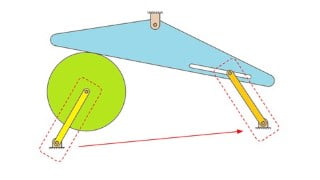Diffraction in Crystal Structures
Learn the basics of diffraction in crystals with this course. Explore the study of diffraction using x-rays, electrons, and neutrons. Discover the factors governing x-ray diffraction and the behavior of particles. Perfect for beginners in solid-state physics. Prior knowledge of basic engineering mathematics is required. Enjoy this course!
What you’ll learn
- What is an Experimental Diffraction?
- What is important for X-Ray Diffraction?
- What happens in the condition of particles like electrons and neutrons?
- Hypothesis used in Diffraction
- Von Laue Semi-Empirical Approach
We know that in a crystal (simple or complex), we have many atoms in ordered positions which is not completely true when we represent a geometrical crystal with translational symmetry. In reality, the atoms are not always at the same position but they move around an equilibrium position i.e. in vibration conditions. The periodicity is the average position of the atom of the equilibrium position around which we can have a vibration. We can study the position of these atoms in a crystal by doing a diffraction experiment.
This course highlights Diffraction in Crystals from the basics and with each lecture, you will dive into more advanced topics such as the study of diffraction using x-rays and other particles such as electrons and neutrons. The other topics which are focused on in this course are the hypothesis considered in diffraction, what factors govern the x-ray diffraction, and also what happens with the particles like electrons and neutrons. This course will be useful for those learners who are interested in the material science domain and also in the solid-state physics domain. This course requires the learners to possess the knowledge of the basic engineering mathematics. Hope you will enjoy this course.
Who this course is for:
- Beginner in Solid-State Physics
User Reviews
Be the first to review “Diffraction in Crystal Structures”
You must be logged in to post a review.







There are no reviews yet.